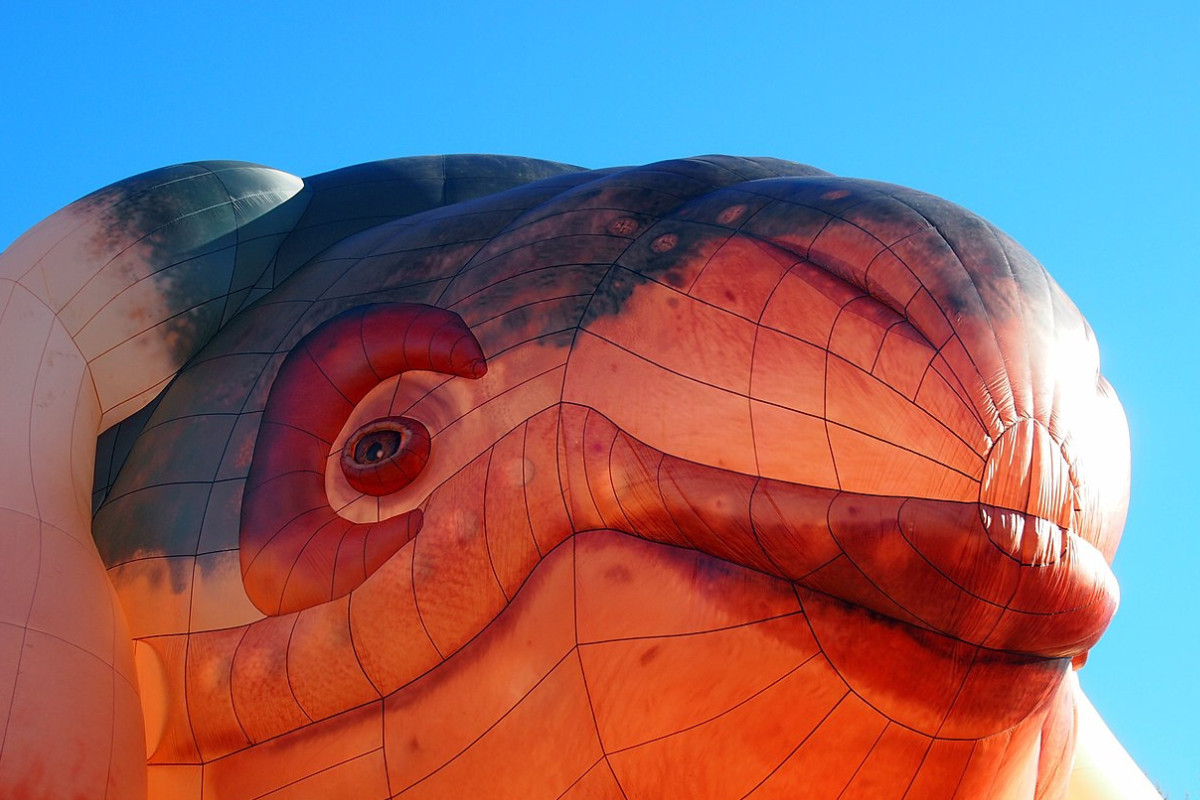
Tracking the Brontës in a Greyhound bus
Nearly two centuries after their deaths, Charlotte Brontë and her sisters remain among the best-loved writers in English literature, their novels read and re-read – and the minutiae of their lives pored over – by millions of people around the world.
It’s well known that these extraordinary women wrote a wealth of stories, plays and poems in childhood, recording them in miniscule writing in Lilliputian, hand-stitched books. Yet the literary value of this work produced by Charlotte, Emily and Anne was long overlooked, not least because the manuscripts were scattered around the world in public and private collections.
As a PhD student, Brontë scholar Christine Alexander resolved to track down these lost treasures. She scoured old auction catalogues, contacted librarians and archives, and travelled across the US and Canada in a Greyhound bus. She unearthed more than one hundred previously unknown or unpublished manuscripts, meticulously transcribed them using a magnifying glass, and, between 1987 and 1991, produced the first comprehensive, authoritative edition of Charlotte’s juvenile writings.
Twelve wooden soldiers
Alexander “not only ushered in a new era of Brontë studies, but … has also rewritten the Brontë canon”, according to another Brontë researcher, Judith E Pike. Literary scholars and avid readers have mined Alexander’s multi-volume An Edition of The Early Writings of Charlotte Brontë for new insights into the origins of the mature work of Jane Eyre‘s creator and that of her siblings.
The catalyst for the Brontës’ literary apprenticeship was a gift of twelve wooden soldiers to Branwell Brontë on his twelfth birthday in 1826. He and his sisters began chronicling the soldiers’ imaginary adventures in the fictitious African kingdoms of Glass Town, Angria and Gondal. Inspired by the newspapers, periodicals and books which linked their father’s isolated Yorkshire parsonage to the outside world, they engaged their vividly drawn characters in complicated love affairs and political intrigues. Alexander explored this narrative complexity in her British Academy prize-winning book The Early Writings of Charlotte Brontë.
Most of the surviving prose works are by Charlotte and Branwell, between whom an intense creative collaboration – and rivalry – developed. Alexander also discovered poems by Emily and Anne, later to write Wuthering Heights and The Tenant of Wildfell Hall, respectively, as well as unknown drawings and paintings, a topic not previously explored in relation to the Brontës’ writings. The hundred or so drawings and paintings discovered in unknown places (together with ones known about but unvalued) led to The Art of the Brontës (1995), co-authored with Jane Sellers, a large book which accompanied the first international exhibition of Brontë art shown in New York, London, Wales, Yorkshire and Japan.
Bringing the Brontës’ juvenilia to the world
After Charlotte’s death, her widower, Arthur Bell Nichols, sold many of the manuscripts to a collector and editor of dubious repute, Thomas Wise, who cut them up and peddled them to collectors in England and the US. Transcription errors were introduced into reproductions of the books.
When Alexander embarked on her quest, only about one-third of the siblings’ childhood writings had been published. For her edition, which is both scholarly and accessible, she identified and dated the rest, arranging them in chronological order.
Her endeavours have enabled critics to evaluate these early writings – noting, for instance, how Charlotte experimented with different narrative voices and perspectives.
Alexander has written extensively on the relationship between the Brontës’ childhoods and their adult fiction. She also founded the Juvenilia Press Project, which researches and publishes early writings.
The discovery of the manuscripts, and the new insights they have afforded into the Brontës’ early writings, have greatly increased our understanding of the imaginative world which gave rise to such masterpieces as Jane Eyre and Wuthering Heights.



